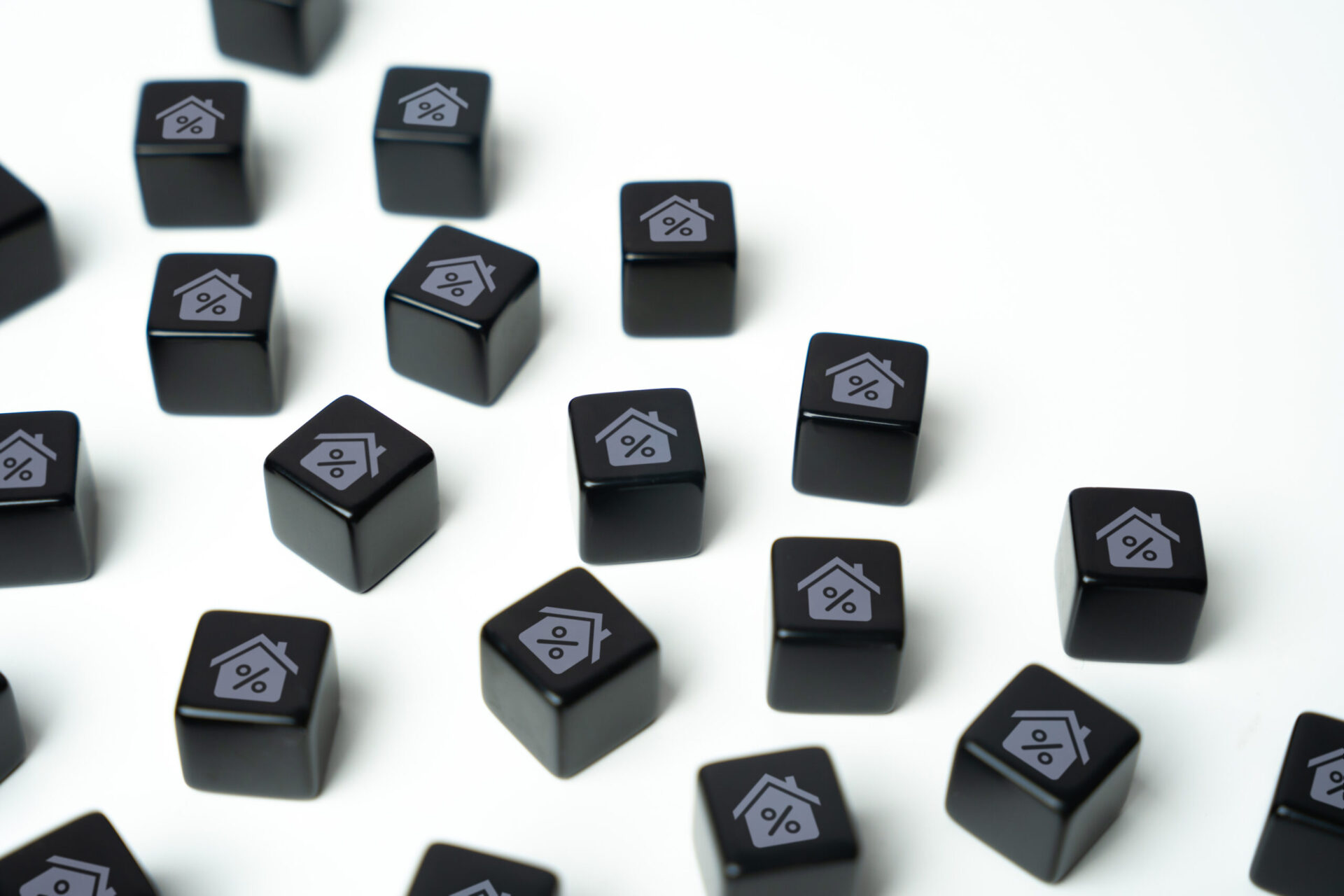Mortgage applications tanked last week, hitting their lowest level since 1995 and wiping out a brief surge the week prior.
The Mortgage Bankers Association’s weekly survey shows the adjusted Market Composite Index – a measure of mortgage loan application volume – decreased by 6.9%.
Adjusted purchase applications slipped by 6%, while the unadjusted index fell by 5% from the week before and was 21% lower YOY.
Another week of rate increases drove the decline. The 30-year fixed mortgage rate rose for a sixth straight week to 7.70%, the highest level since 2000.
“Both purchase and refinance applications declined, driven by larger drops for conventional applications. Purchase applications were 21% lower than the same week last year, as homebuying activity continues to pull back given reduced purchasing power from higher rates and the ongoing lack of available inventory,” said Joel Kan, MBA’s Vice President and Deputy Chief Economist.
The share of ARMs once again saw a boost as desperate borrowers looked for ways to lower their monthly payments. ARMs hit 9.3% of total applications, their highest share in 11 months.
Home prices continue to balloon thanks to stock shortages, which have kept many markets competitive despite crippling interest rates. Prices rose 2% quarter-over-quarter and were up 5.3% YOY in Q2, exacerbating an already unaffordable market.
Families must earn $114,627 to afford the median-priced U.S. home, $40,000 more than the average household earns and the highest necessary income ever recorded.
Importantly, this figure is up more than 50% since the beginning of the pandemic. A huge surge in such a short span means that wages have had little opportunity to keep up with price jumps.
Meanwhile, refinances declined to their lowest level since the start of this year. Refis fell by 10% and accounted for 30.5% of total applications. In the past decade, they averaged 58% of total activity.
“There is very limited refinance incentive with mortgage rates at multi-decade highs,” Kan noted.
The FHA share of total applications rose to 14.8% from 14.4%, with an average interest rate of 7.36%.
The VA’s share increased to 10.7% from 10.2%, while the USDA’s share remained at 0.5%.
The jumbo rate slipped from a record high of 7.70% to 7.56%.
Read More Articles:
MBA Annual Convention And Expo Kicks Off In Philadelphia
Fed’s Policies Take Center Stage At MBA Convention In Philadelphia
Americans Would Buy A Haunted Home To Save Money Despite Fears
Sign up for our newsletter.
